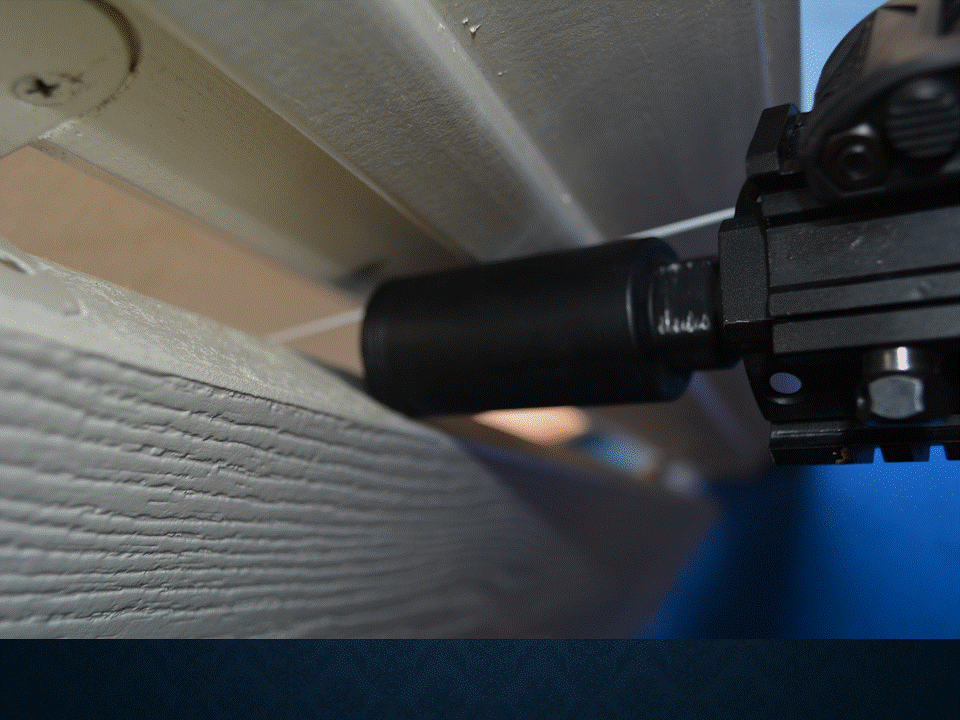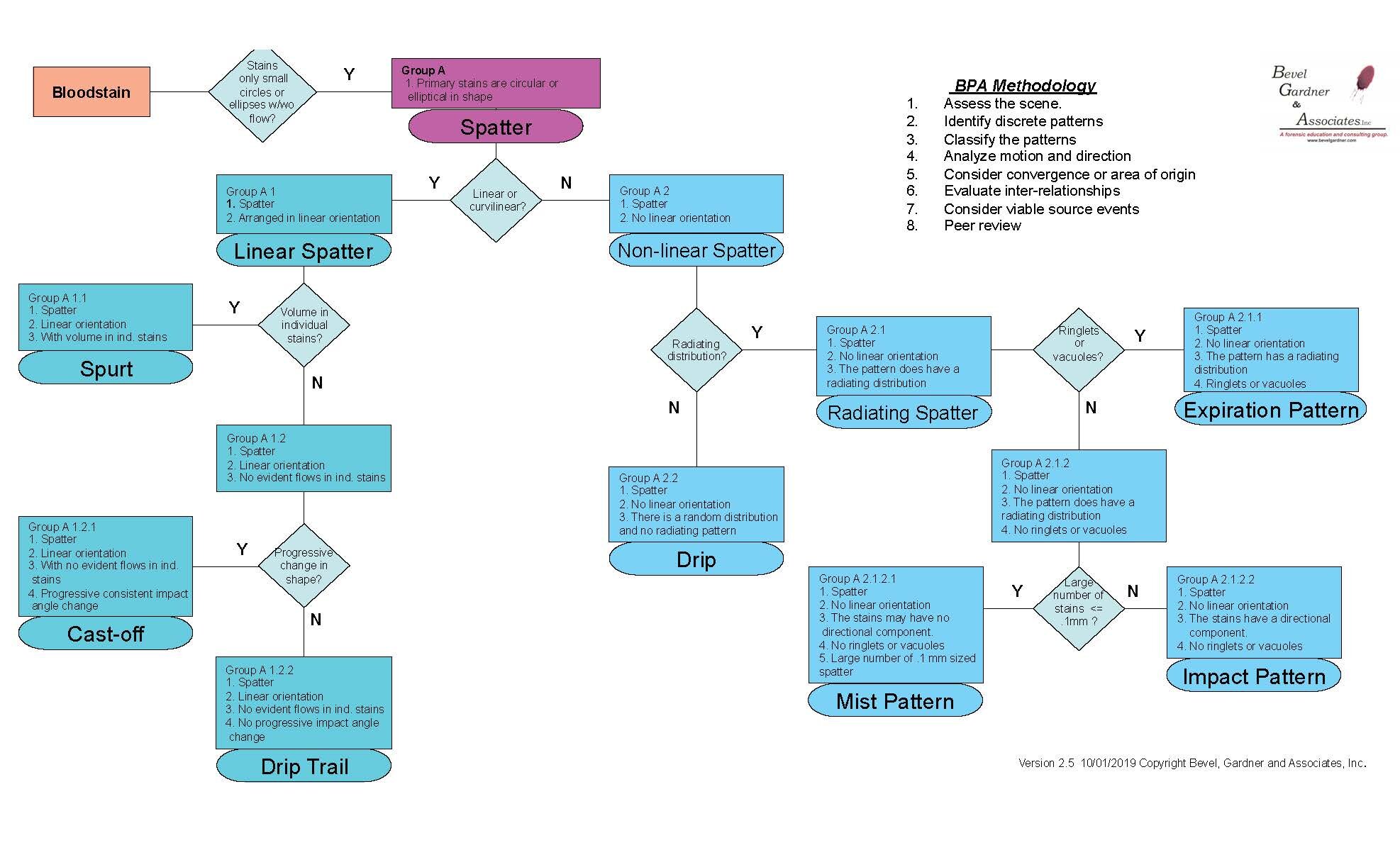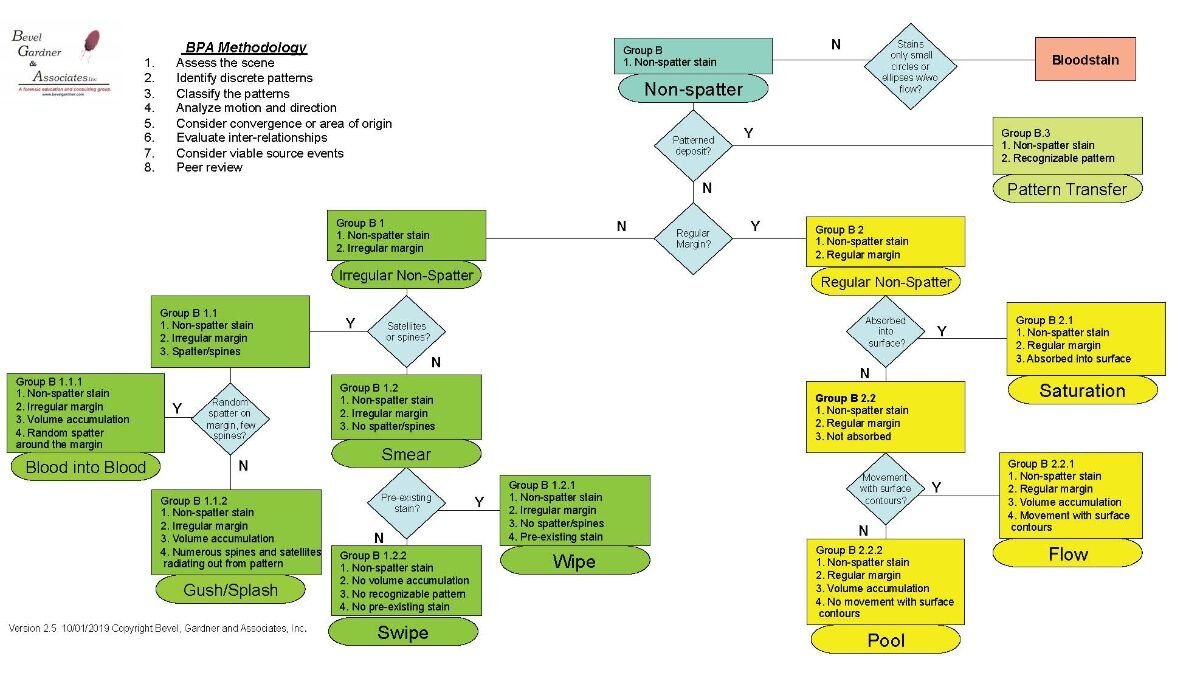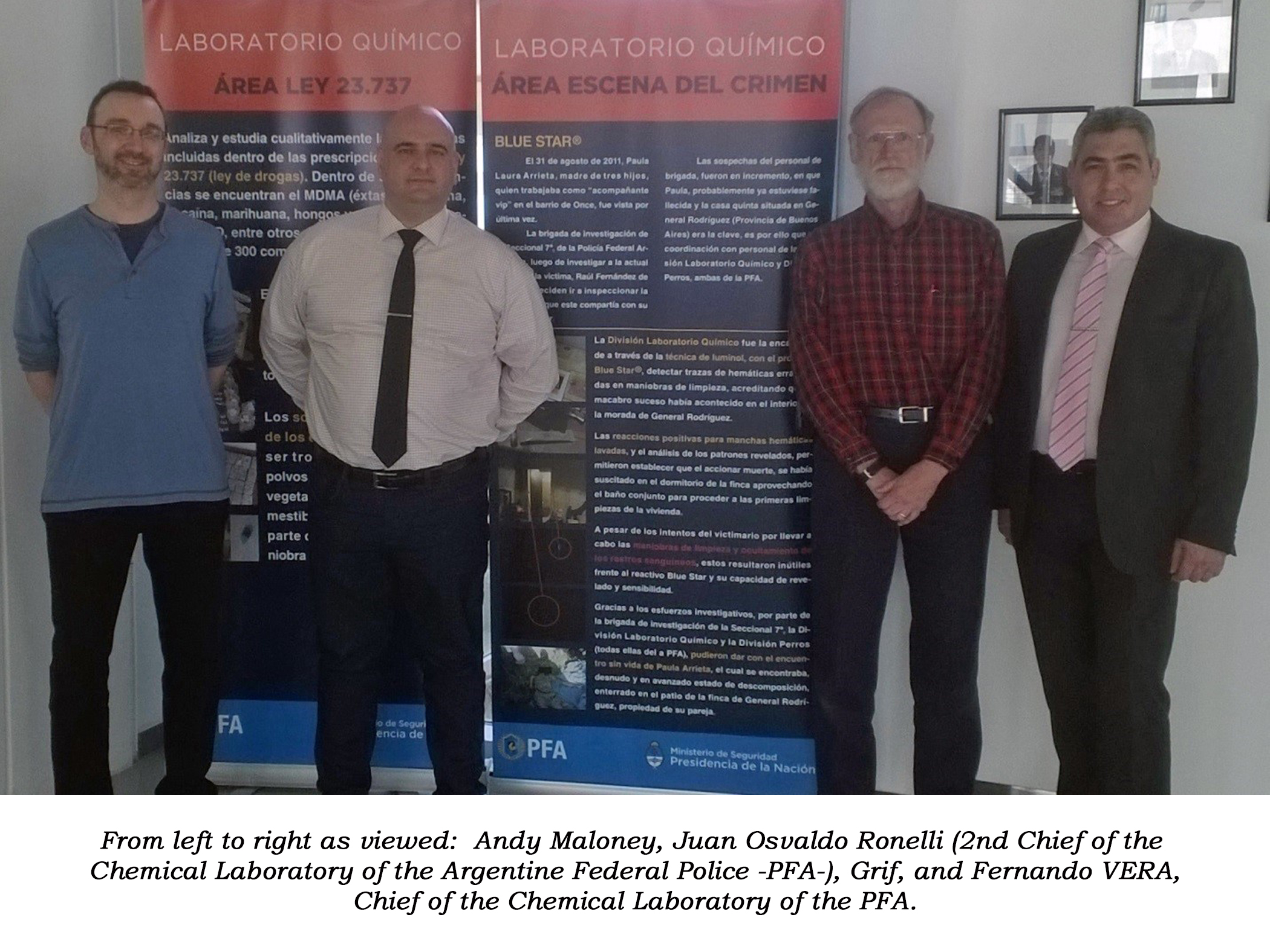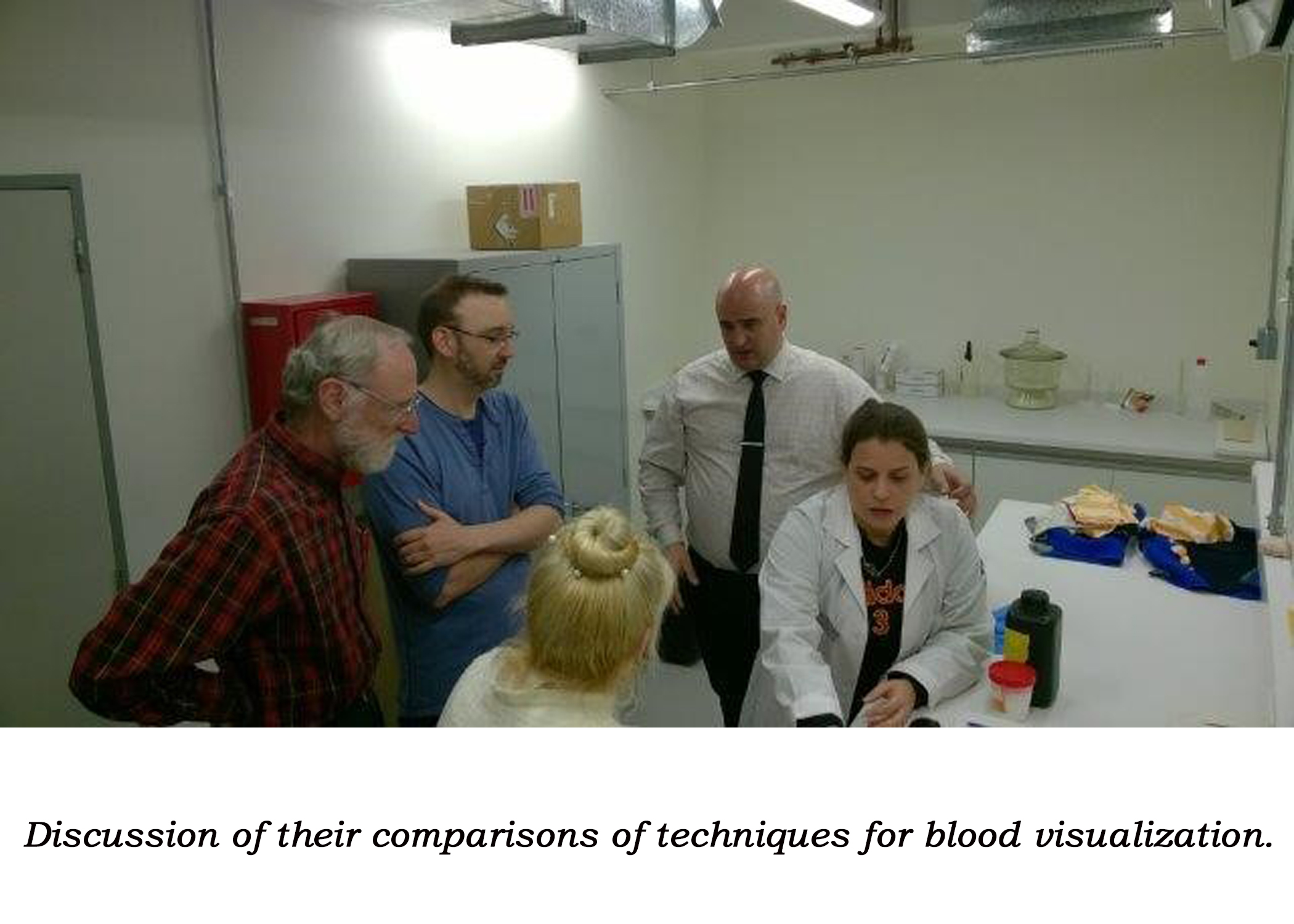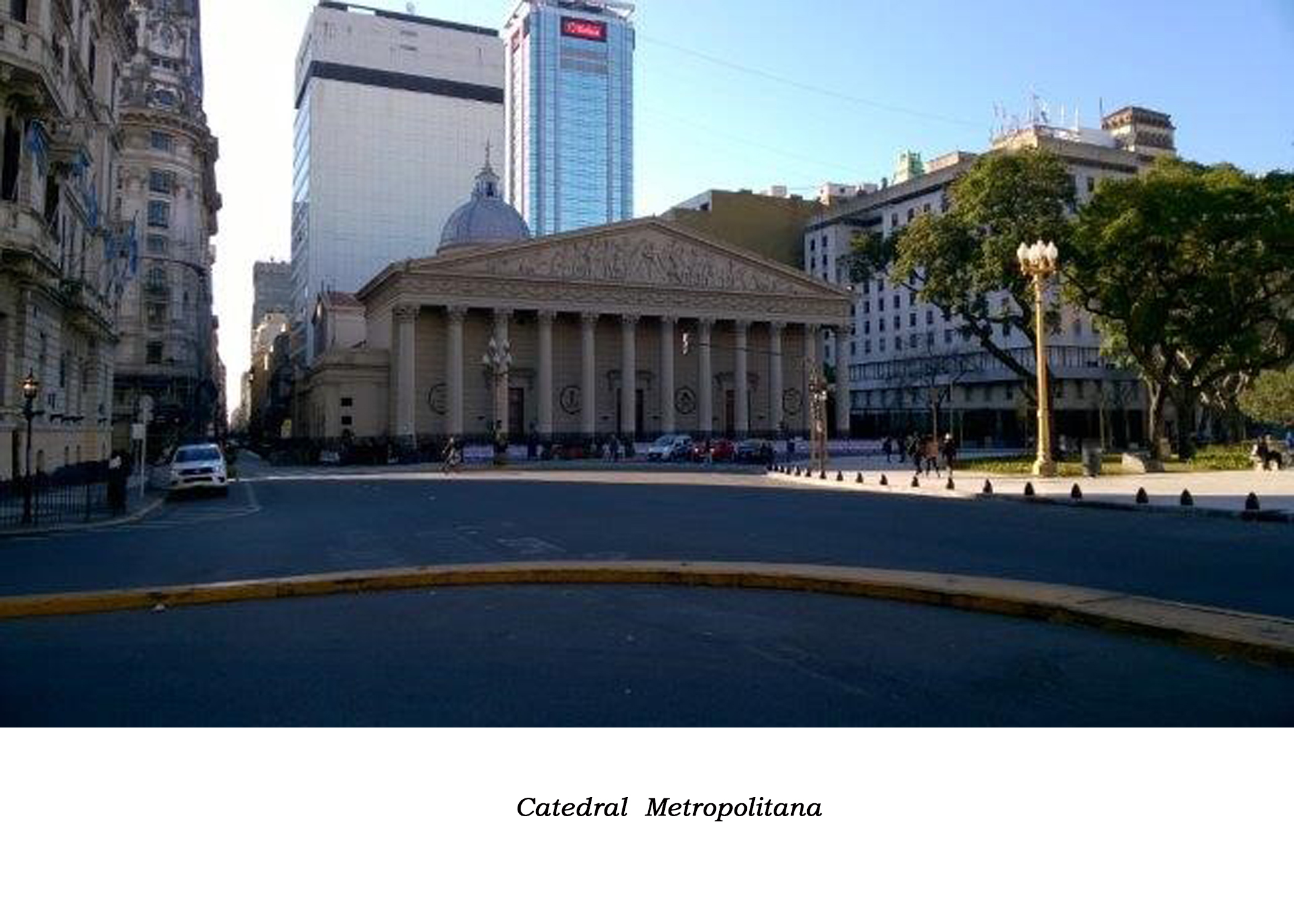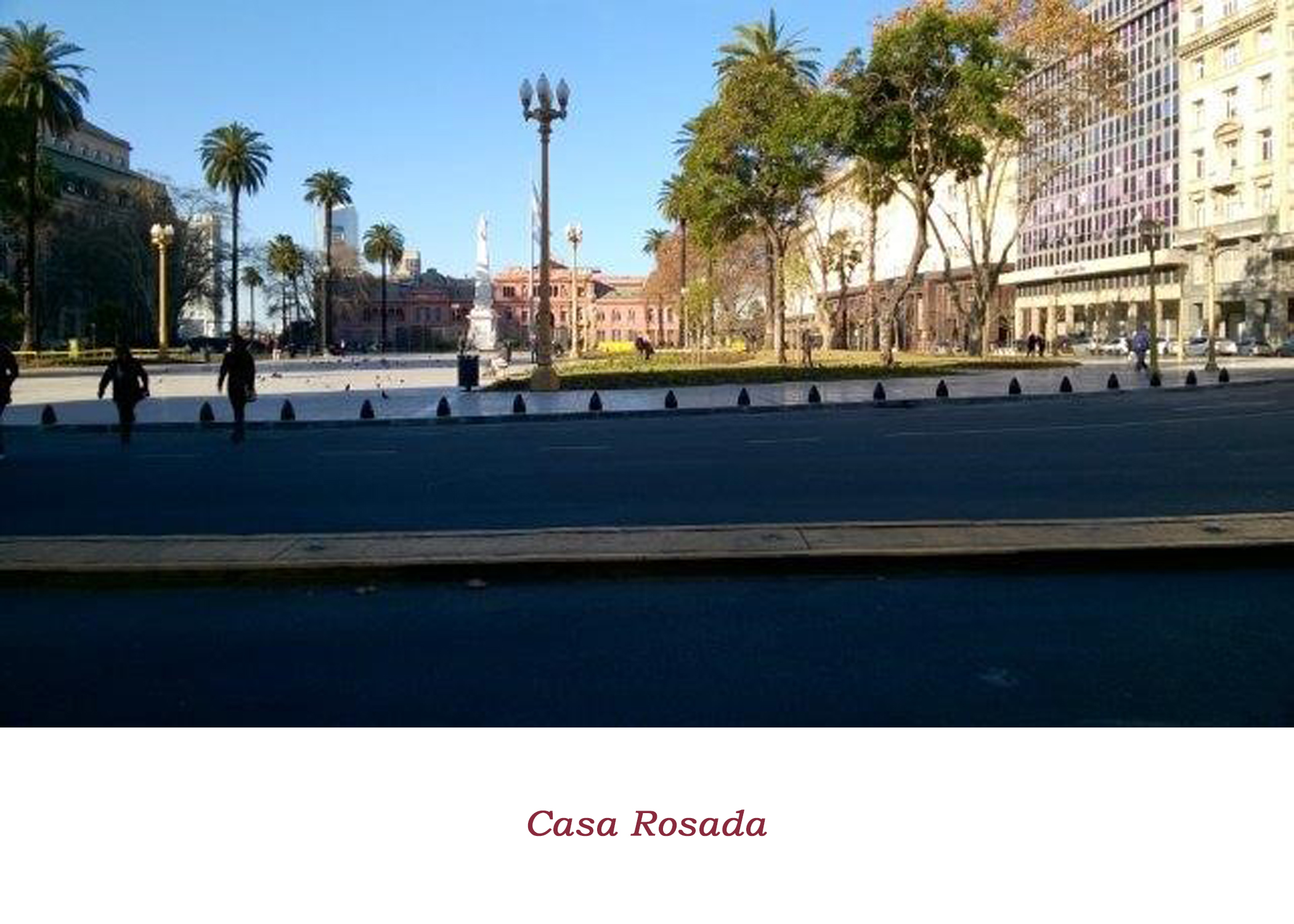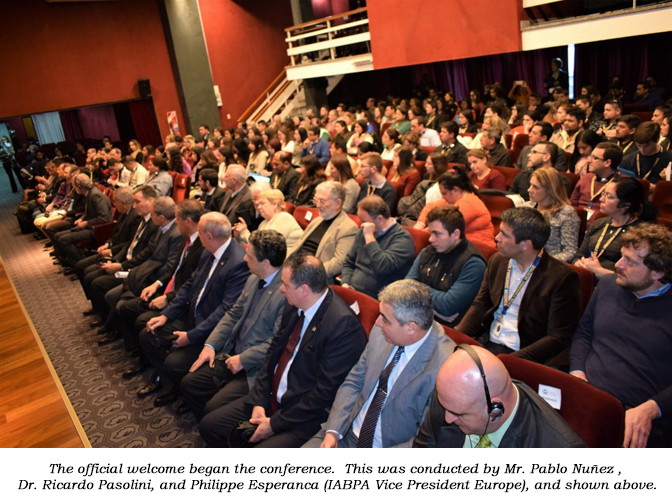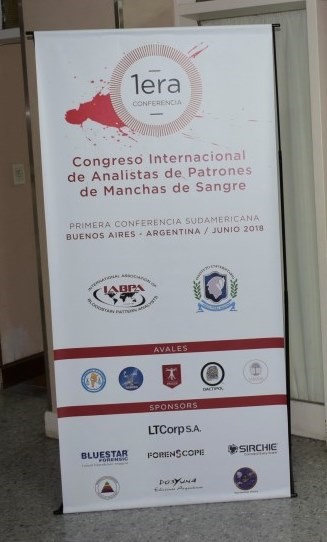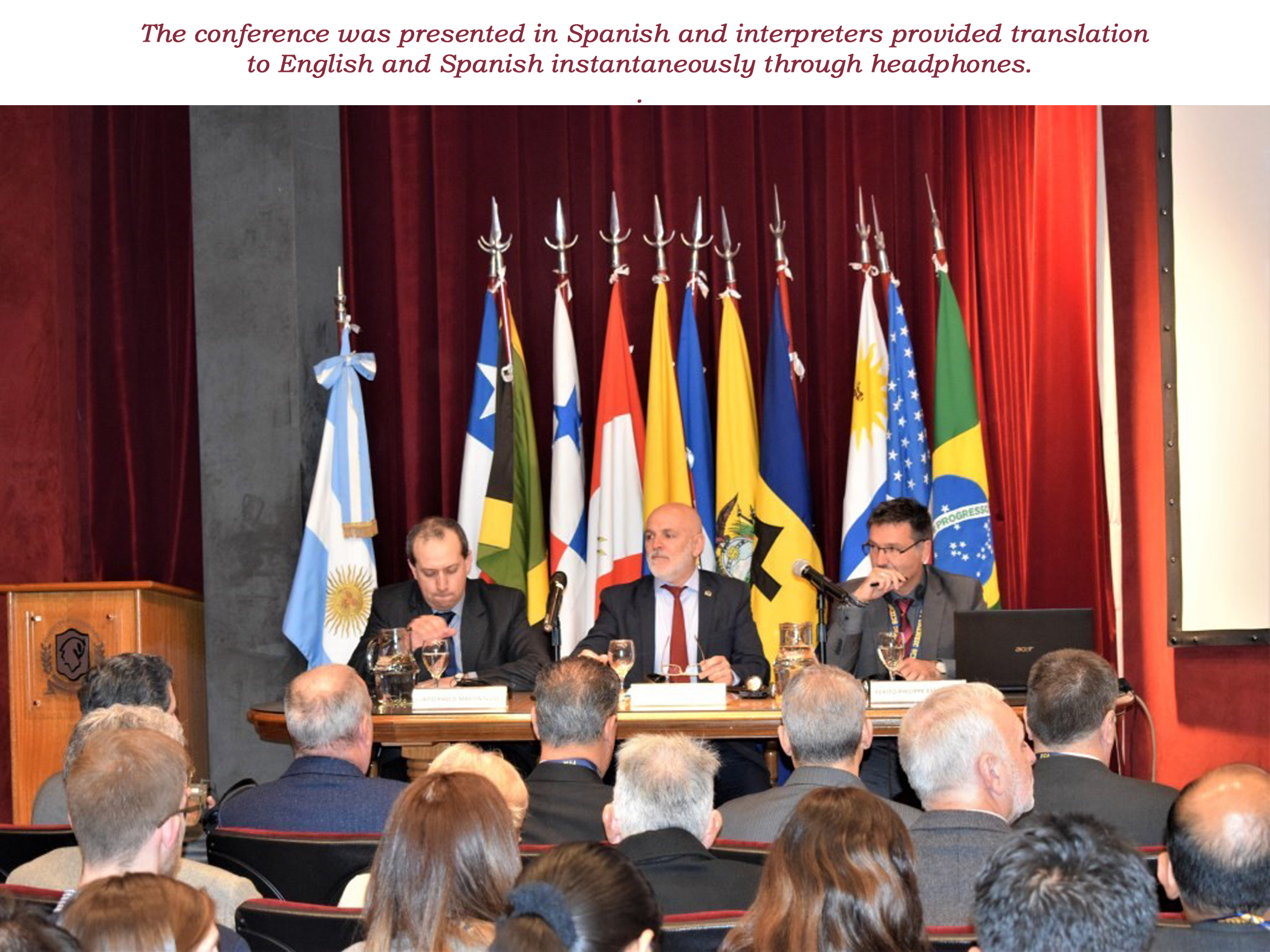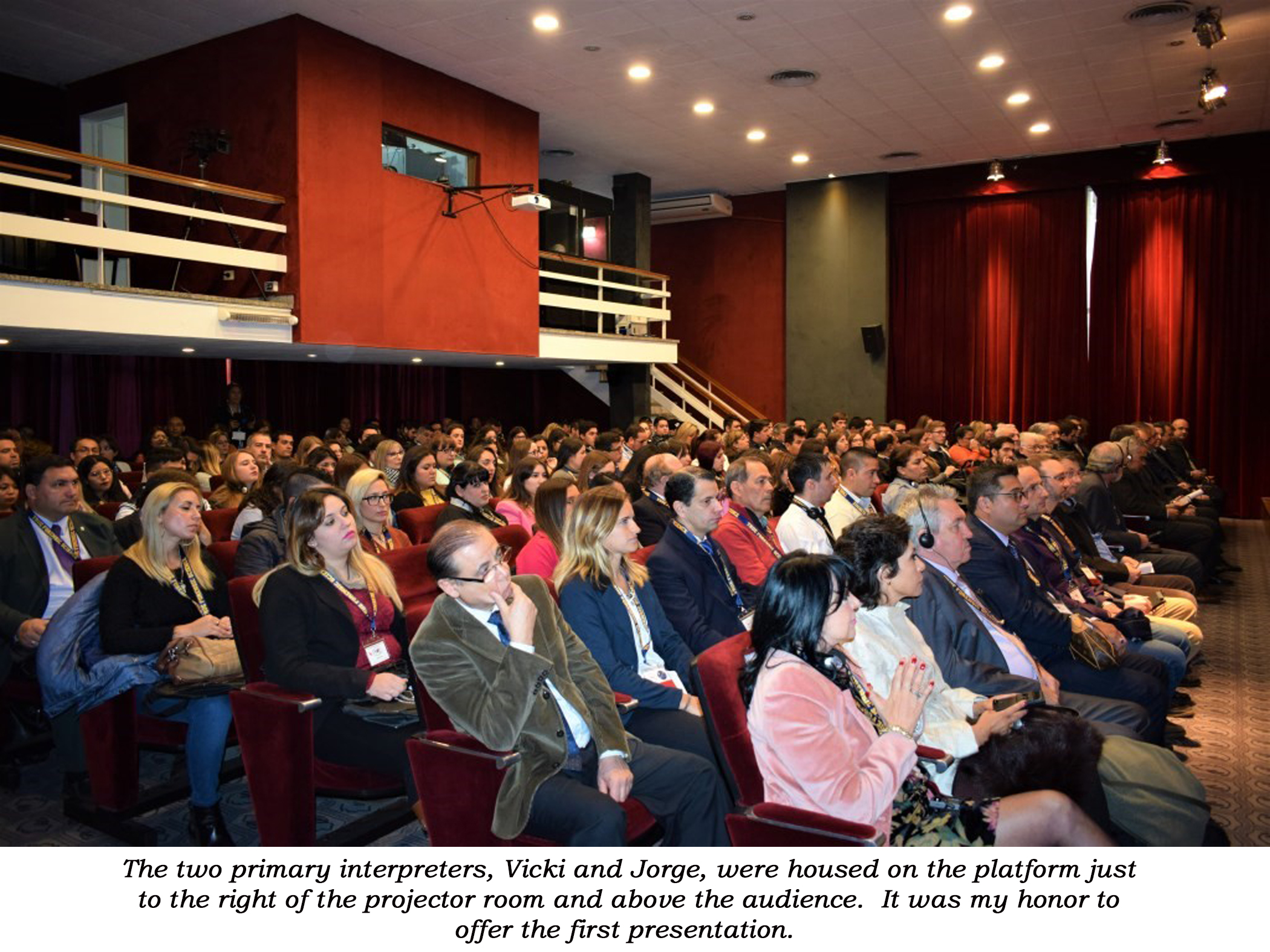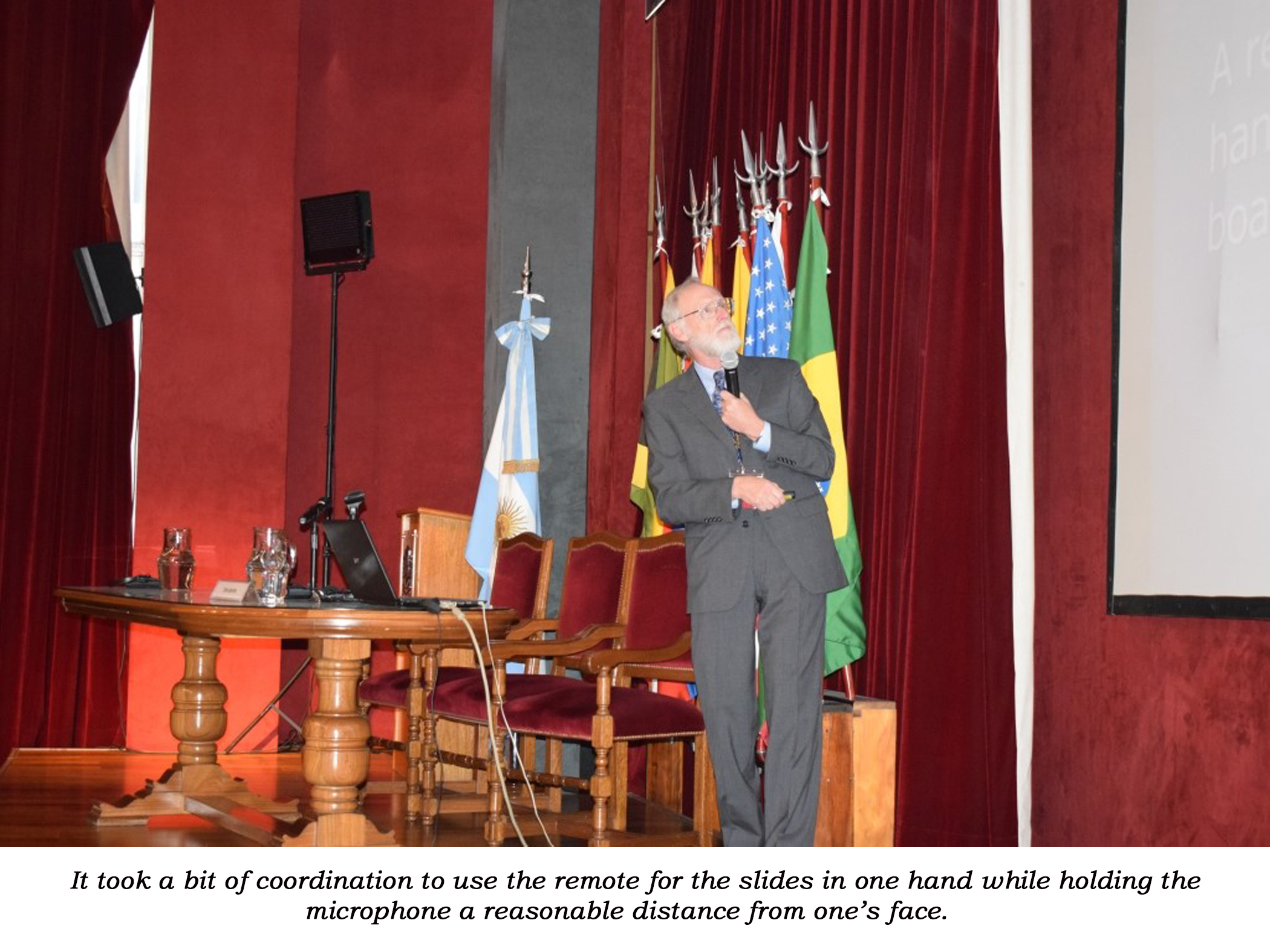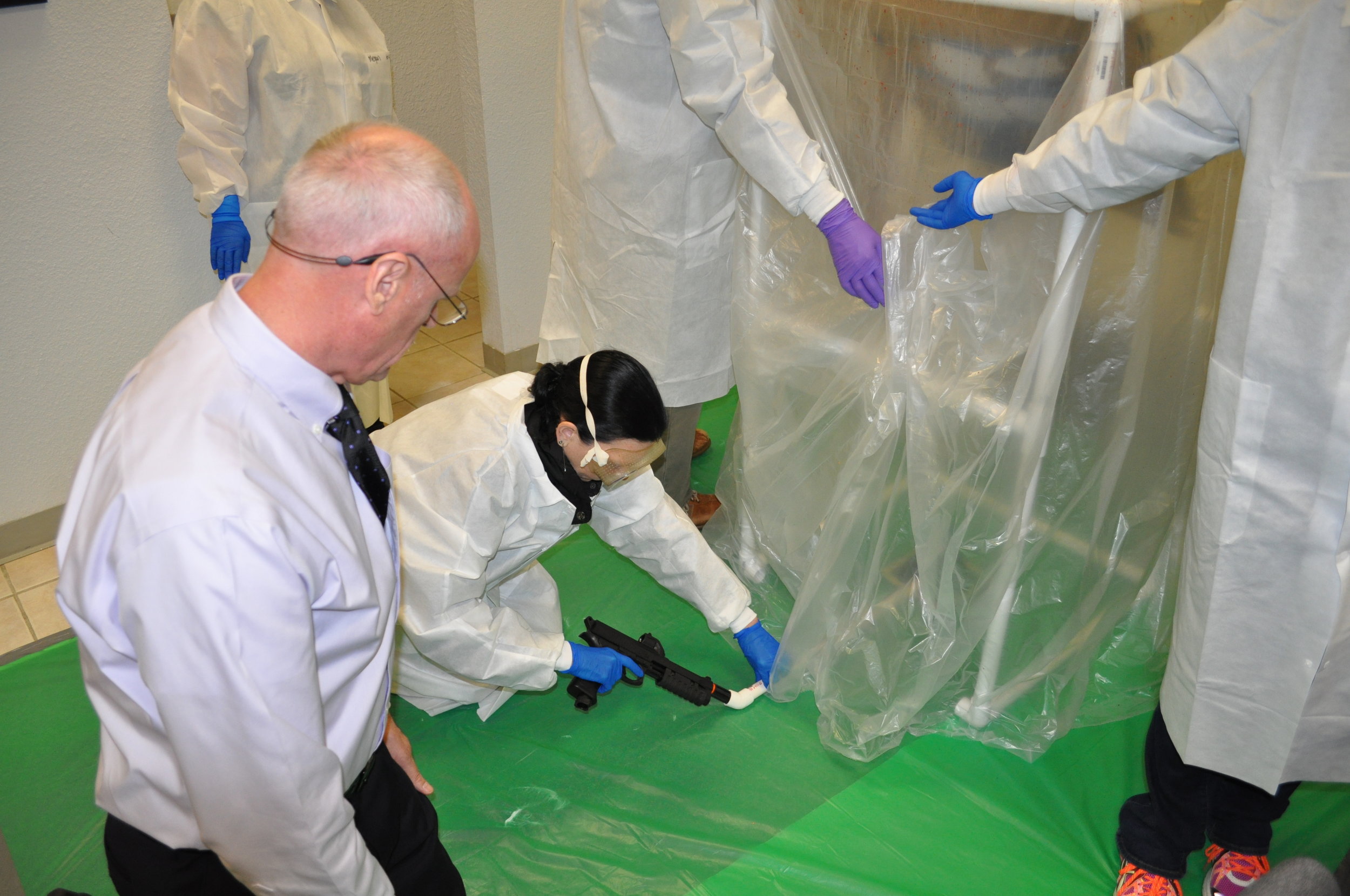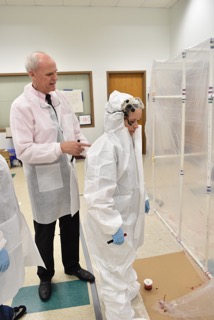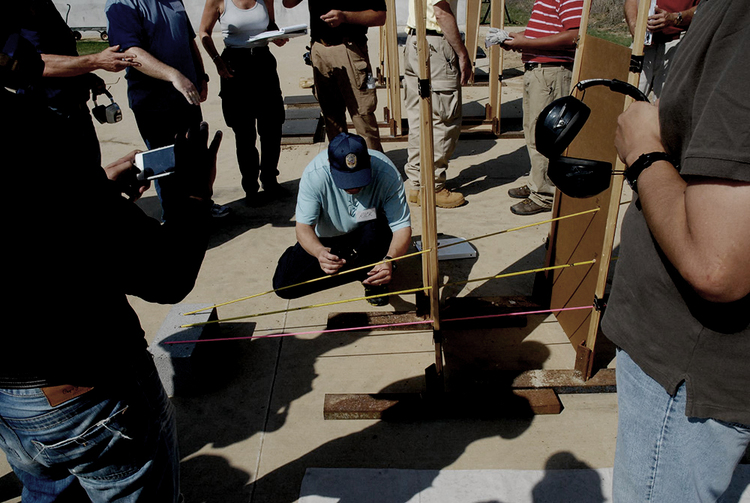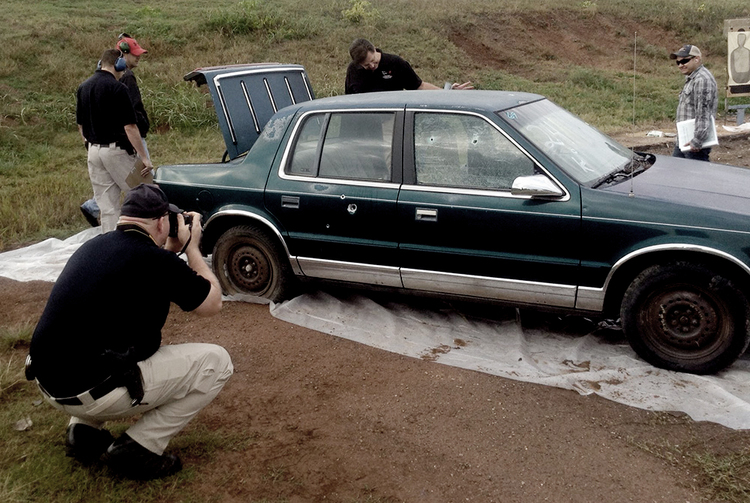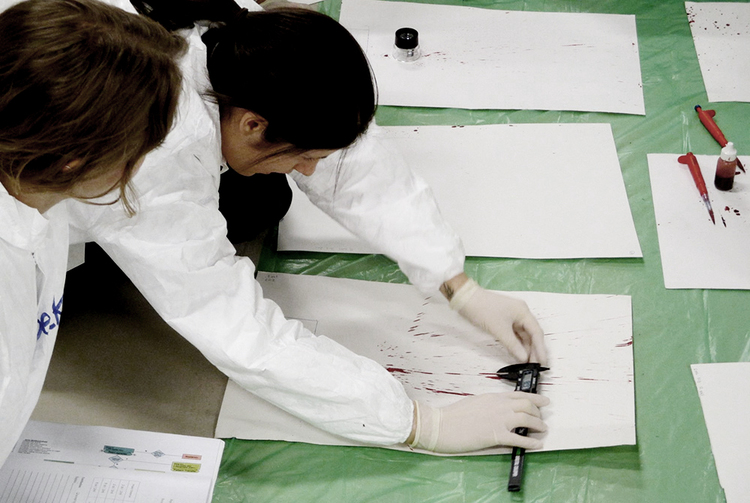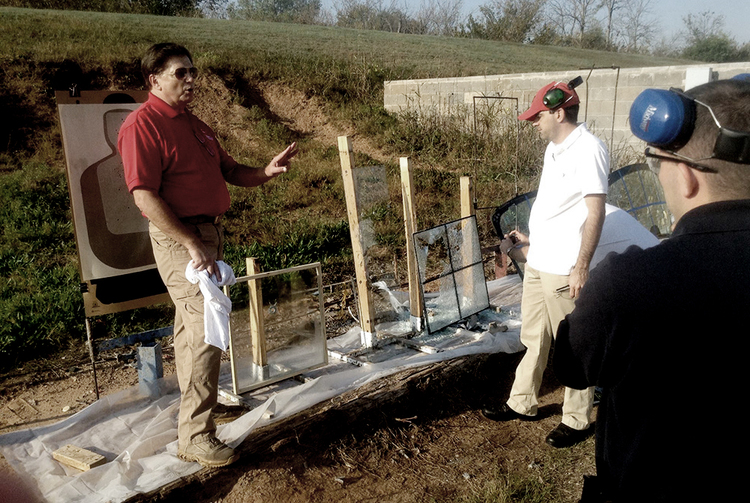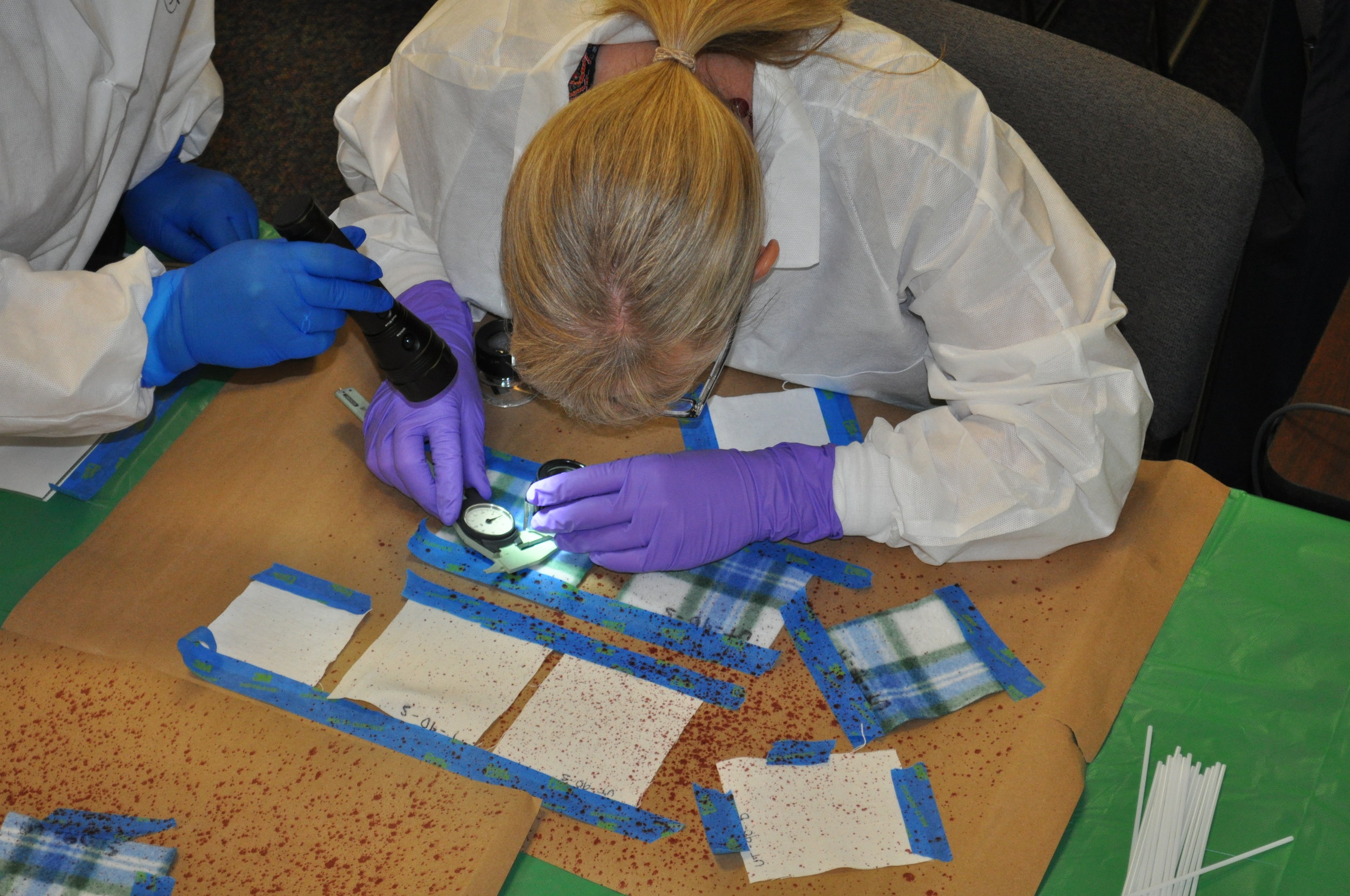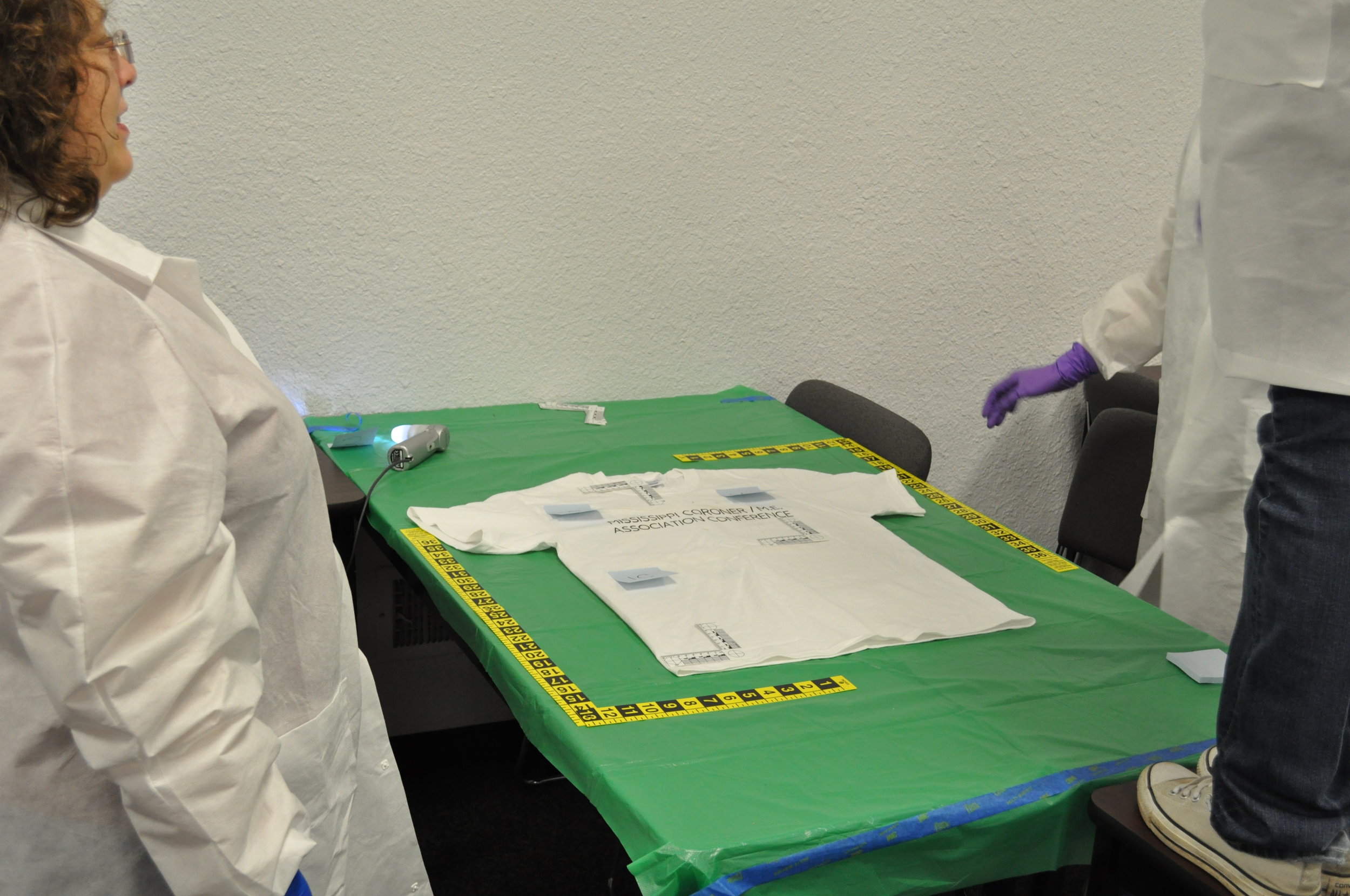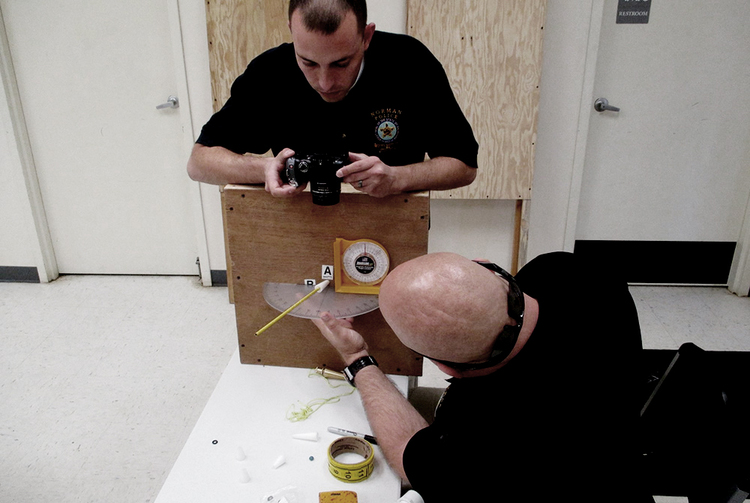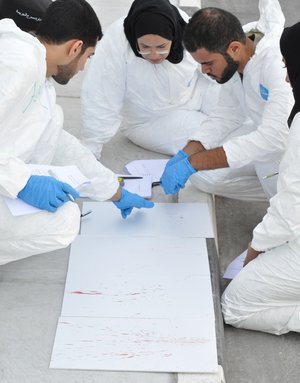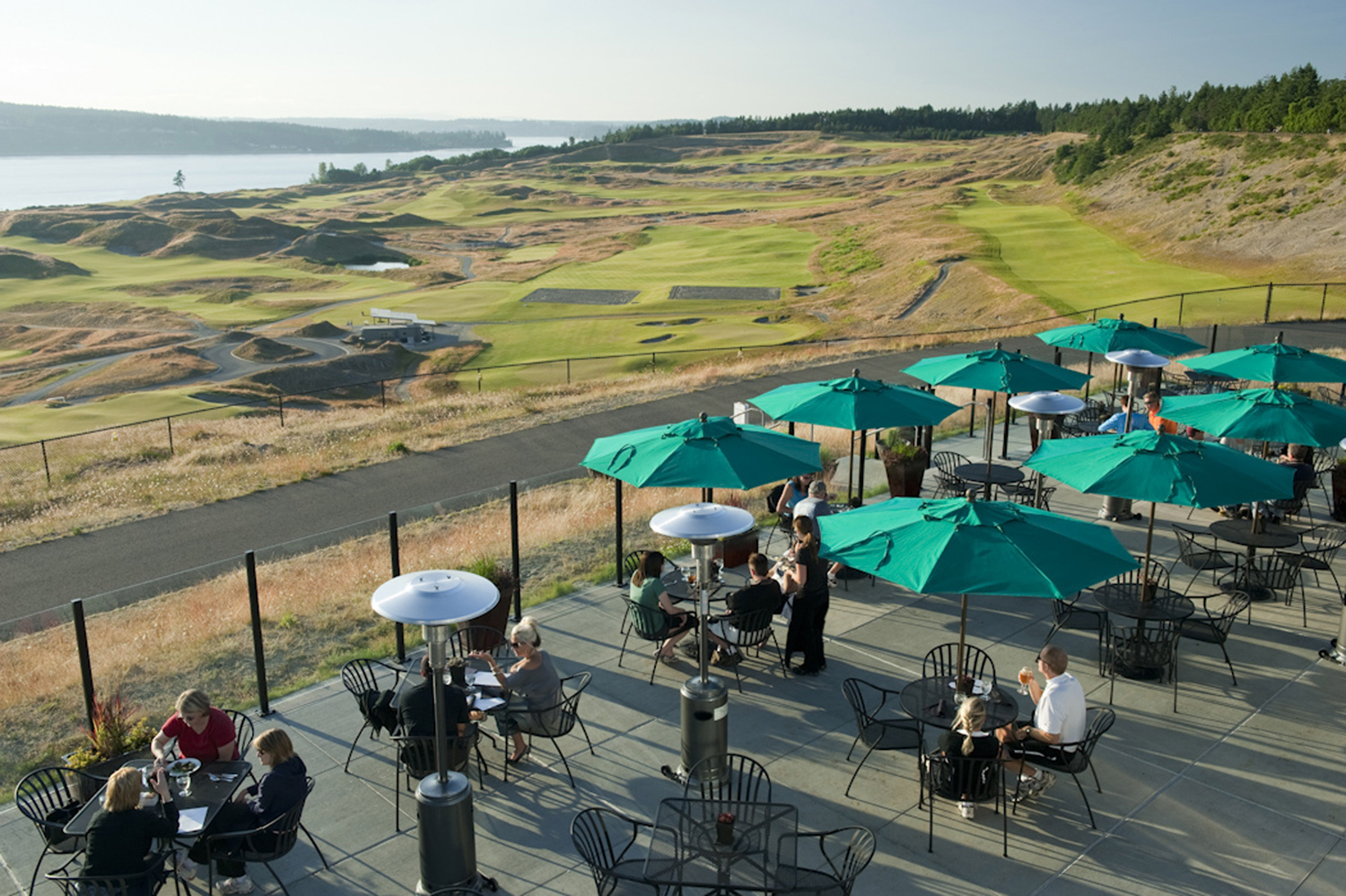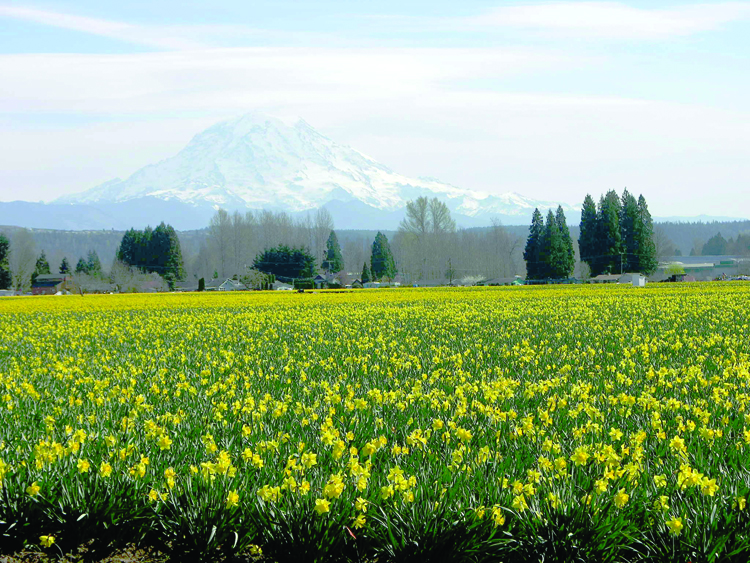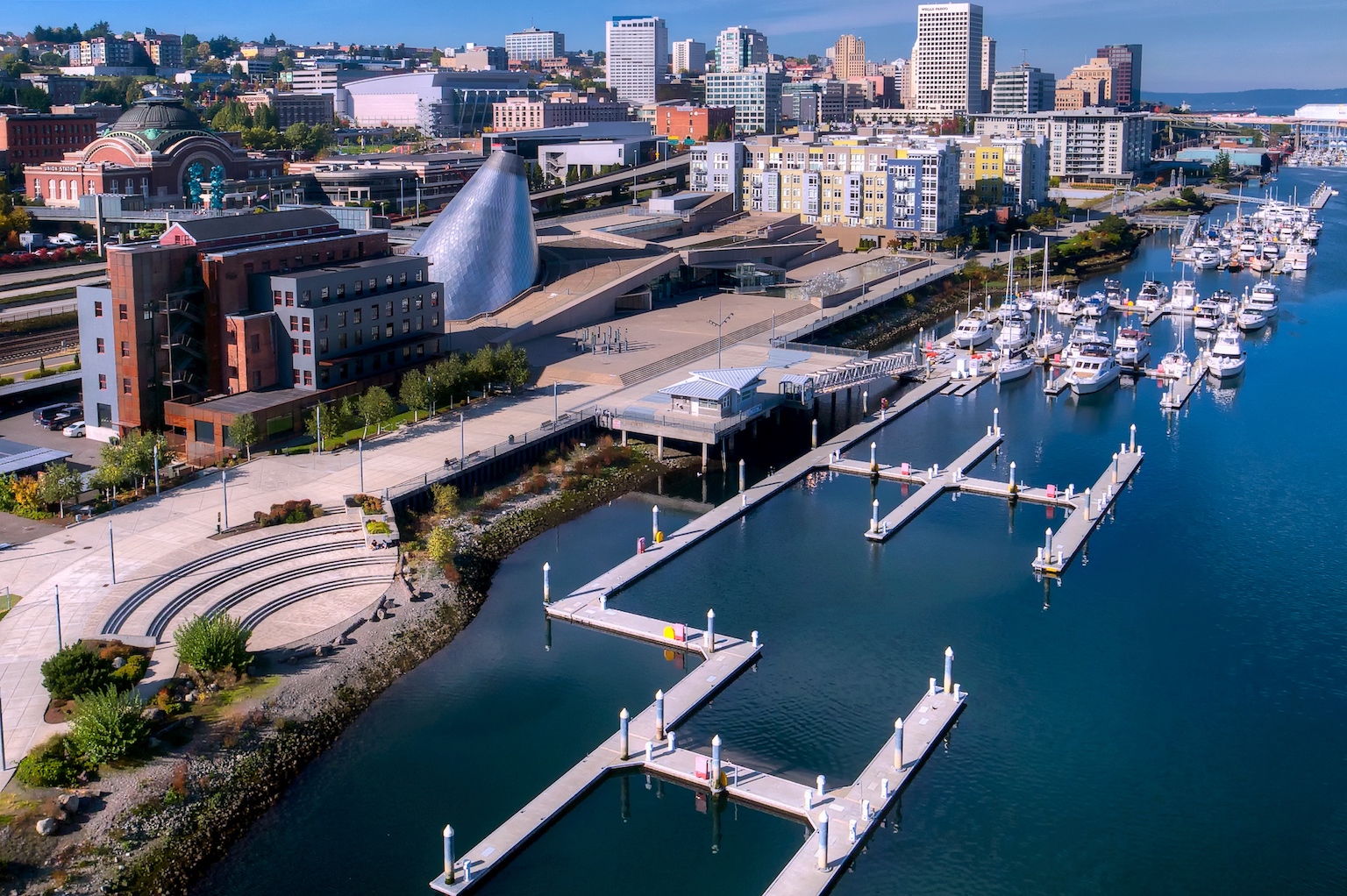Valentine's Day, 2001, Dr. John Hamilton, a revered OB/GYN, placed a frantic call to 9-1-1. He found Susan, his beloved wife of 14 years, dead on the bathroom floor of the home they shared in an upscale Oklahoma City neighborhood. She had been strangled with two of John's ties, and her head had been bashed in so violently parts of her brain were exposed. The doctor performed CPR in an attempt to save his wife's life. As a result, his shirt was covered in blood.
Suspicion of Dr. Hamilton started when a detective found a Valentine's Day card from Susan with an odd message. "I bought my cards two weeks ago, so I guess maybe they don't seem as appropriate now. But I do love you. Have a good day. Susan." Investigators wondered if the Hamilton marriage was as happy as it appeared to all who knew them. After further investigation, it was revealed Susan had recently discovered possible adultery by Dr. Hamilton. Some of her close friends told detectives Susan had been contemplating divorce.
With no forced entry into the home and the violent nature of the killing, it seemed unlikely Susan was killed as a result of a burglary gone wrong. This was a murder, and it was personal. Dr. John Hamilton was arrested for the murder of his wife.
The primary prosecutorial evidence was a blood stain on John's shirt, believed to be the shape of the injury over Susan's eye. The prosecution believed this injury was also the shape of the instrument used to cause the blunt-force trauma. The defense called blood spatter expert, Tom Bevel, to refute this theory. He performed an independent analysis of the shirt and confirmed the blood imprint on the shirt could have been the result of the doctor's account of trying to save his wife.
However, on cross-examination, Bevel was asked if the prosecution missed anything pertinent, to which Bevel replied "Yes". The courtroom was silent. Bevel went on to describe blood spatter inside the sleeve of Dr. Hamilton's shirt was consistent with the defendant using an instrument to beat his wife.
In less than two hours the jury convicted Dr. Hamilton of first degree murder.
Bevel said he had no choice. "Ultimately, you take an oath to tell the truth and that overrides any allegiance I may have to any client," he said.







